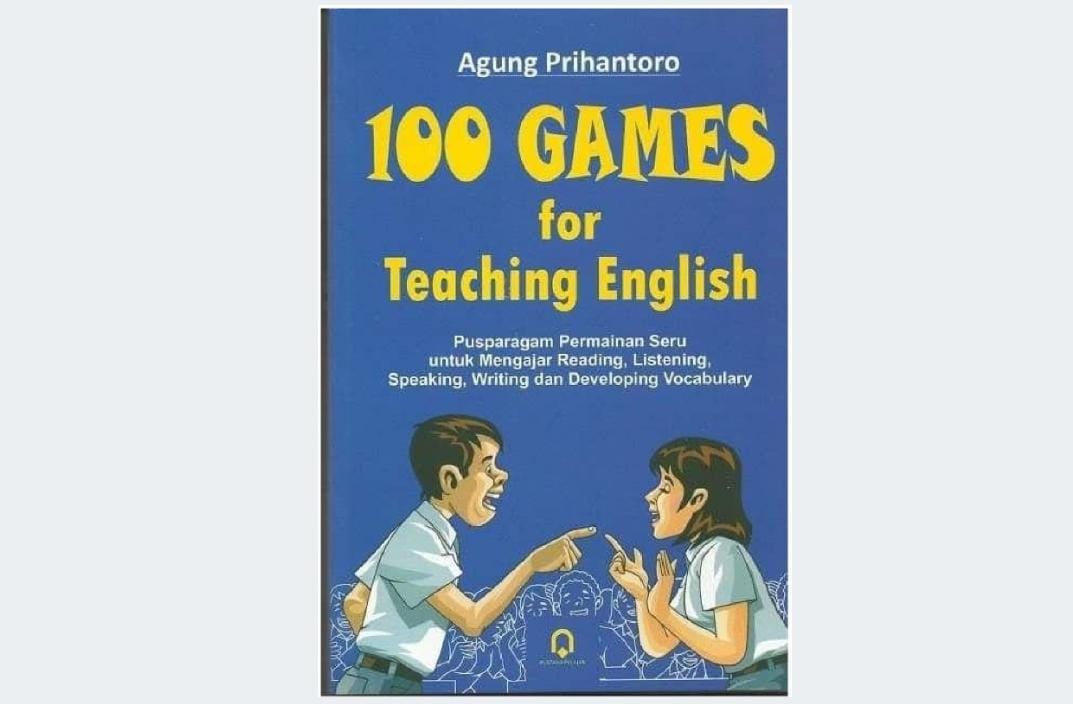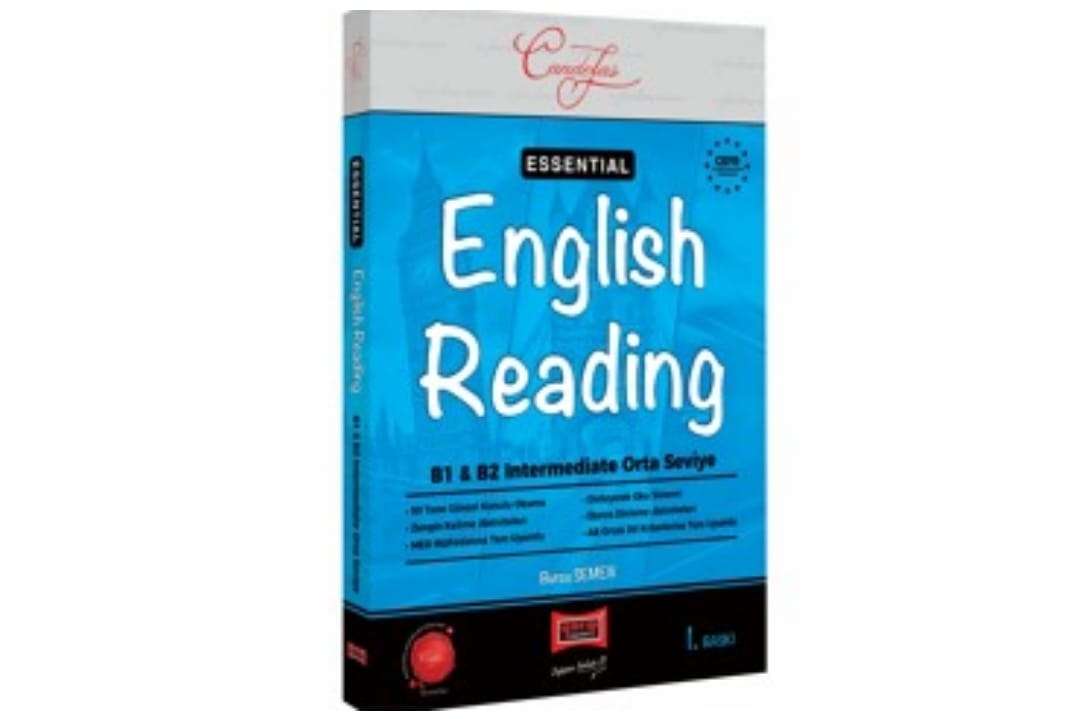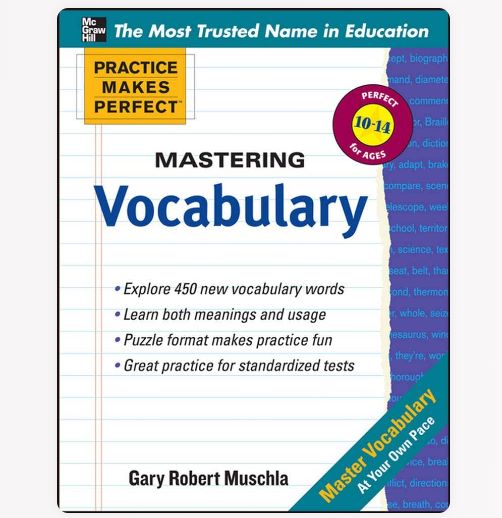100 games for teaching English
100 Games for Teaching English is a comprehensive guidebook that provides English language teachers with an array of fun and interactive games to help their students learn English.
Very useful try this book:
365 bedtime stories
Written by Andrew Wright, a renowned English language teacher and author, the book is designed to help teachers make their classes more engaging and dynamic while also encouraging active participation and learning.
Very useful try this book:
How To Get Really Good at English

The book is divided into ten sections, with each section covering a different aspect of the English language.
These include vocabulary, grammar, pronunciation, listening, speaking, reading, writing, and communication skills.
The games in each section are tailored to the specific language skill being taught and range from simple icebreakers to more complex games that require critical thinking and problem-solving skills.
English conversation
One of the key features of the book is its focus on active learning. The games included in the book encourage students to participate actively in their own learning by providing opportunities for them to practice English in a fun and engaging way.
This approach is particularly effective for students who may be struggling with traditional classroom learning methods, as it provides an alternative and more enjoyable way of learning.
Very useful try this book:
400 Must Have Words f9r the toefel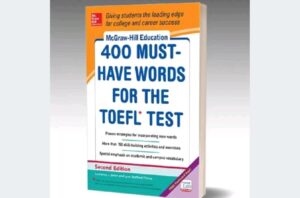
The book also places a strong emphasis on group work and collaboration.
Many of the games require students to work together in teams, encouraging them to communicate and collaborate with each other to achieve a common goal.
This not only helps to improve their language skills but also their social skills and ability to work effectively in a team.
Another advantage of the book is that it provides teachers with a wide range of games to choose from, catering to different age groups, language levels, and learning styles.
Mastering Vocabulary
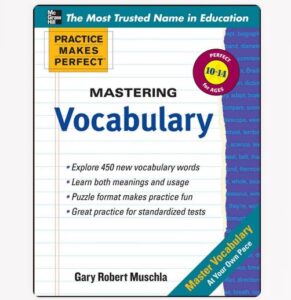
This means that teachers can select games that are appropriate for their students and adapt them to suit their individual needs.
Some of the standout games in the book include “Word Ladders,” which challenges students to come up with words that are one letter different from each other, “Who Am I?” which requires students to guess the identity of a famous person based on clues, and “The Time Traveler’s Game,” which encourages students to use their imagination and creativity to describe a time and place.
In addition to the games themselves, the book also provides teachers with detailed instructions on how to set up and run each game, as well as tips on how to adapt them to suit different classroom situations. There are also suggestions for follow-up activities that teachers can use to reinforce the language skills that have been practiced during the games.
Overall, “100 Games for Teaching English” is an excellent resource for English language teachers who want to make their classes more engaging and dynamic.
Its focus on active learning, group work, and collaboration makes it an effective tool for improving students’ language skills while also encouraging them to develop their social skills and ability to work in a team.
100 games for teaching English 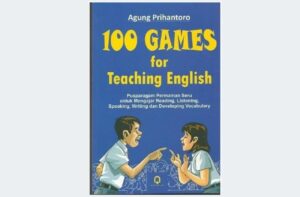
With its wide range of games and clear instructions, this book is a must-have for any English language teacher’s toolkit.

